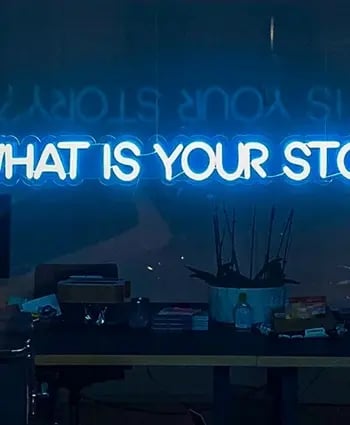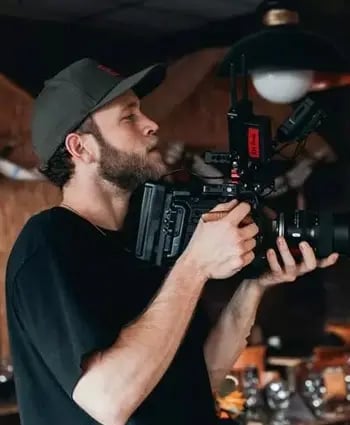The Impact of Cultural Representation in Videos: A Marketer's Insight
Explore cultural representation's impact on video content. Learn how it shapes perceptions, enhances authenticity, and broadens audience appeal.
As we continue to live in an increasingly globalised world, the media we consume — and for marketers, the media we produce — plays a pivotal role in shaping perceptions, ideas, and attitudes. For marketers and video producers alike, this is uncharted territory brimming with both challenges and opportunities. So, let's peel back the curtain and delve deep into the world of cultural representation in video content.
1. The Power of Seeing and Being Seen
Remember the thrill of spotting a local landmark in a Hollywood movie? Or the excitement of hearing your native language spoken in an international ad campaign? It's exhilarating, isn’t it? Representation in video content isn't just a 'nice-to-have'; it's a deeply emotional and psychological experience for audiences. When people see their culture, traditions, or lifestyles portrayed positively and accurately on screen, it fosters a sense of belonging and validation.
2. The Risk of Getting It Wrong
On the flip side, there's a fine line between representation and misrepresentation. Stereotypes, even if unintentional, can perpetuate harmful misconceptions. Remember, it's not just about adding diverse faces into your videos. It’s about authentic portrayal, understanding the nuances, and avoiding tokenism. Get it wrong, and you could face backlash, damage your brand's reputation, and alienate potential customers.
3. Boosting Brand Authenticity and Relatability
In the competitive landscape of today's digital realm, authenticity is the currency. Brands that embrace diverse cultures and highlight them genuinely stand out. When viewers recognise genuine attempts to represent their world and their stories, they're more likely to resonate with the brand, fostering trust and loyalty.
4. The Business Case: Diverse Content Appeals to Broader Audiences
From a pure business standpoint, embracing cultural representation is a smart move. Diverse content appeals to a wider demographic, paving the way for expansion into new markets and a broader customer base. It’s not just good ethics; it’s good business.
5. Navigating the Complexities of Global Marketing
Global marketing campaigns can be a minefield, but they also offer immense potential. By being cognisant of cultural norms, values, and taboos, brands can tailor content that resonates across borders. It's not just about translation; it's about transcreation — adapting content to fit different cultural contexts while retaining the core message.
6. The Role of Research and Collaboration
It's vital, now more than ever, to do your homework. Collaborate with cultural consultants, engage with local communities, and invest in thorough market research. It’s about listening, learning, and then creating.
Wrapping up
In the vibrant tapestry of global media, cultural representation in videos is a thread that weaves together stories, emotions, and business potential. As marketers, we have the privilege — and responsibility — to shape narratives and bridge divides.
And while the journey might be fraught with challenges, the rewards of creating content that speaks to the heart of diverse audiences are immeasurable. It's a brave new world out there. Let's embrace it, celebrate it, and most importantly, represent it right.

Written by Emily Malone Marketing Manager for Venture — a full-service video production agency that specialises in producing creative videos & campaigns that get real results.




